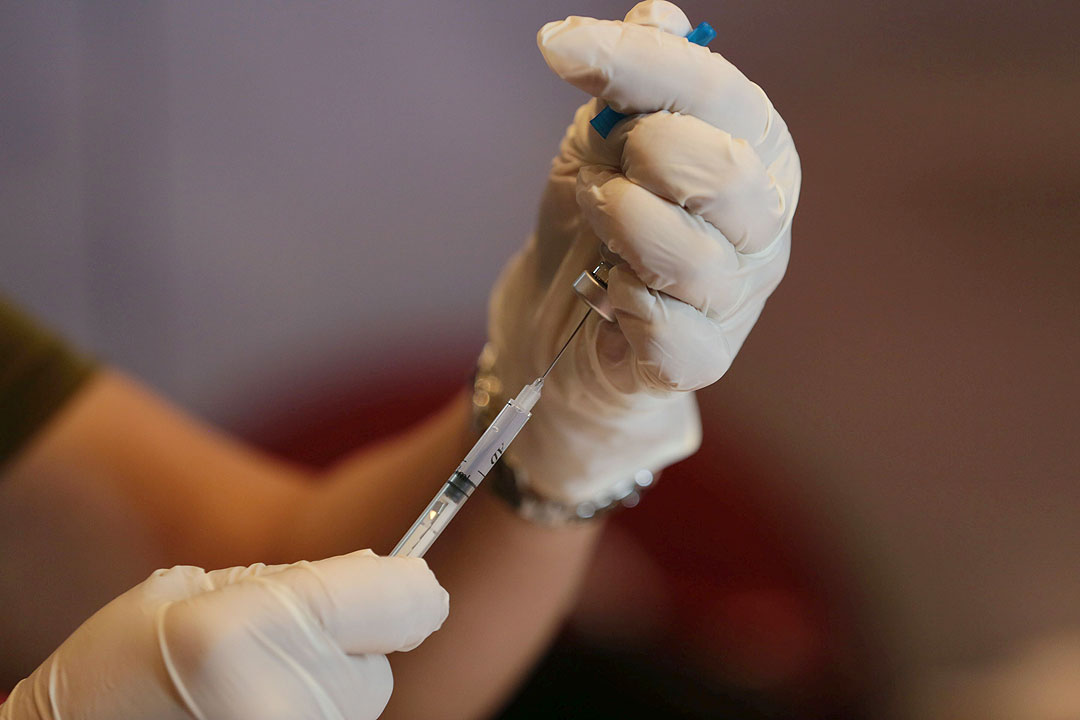
Medicine Cabinet
By Teodoro B. Padilla

Aside from the nine coronavirus disease 2019 (COVID-19) vaccines that have already secured Emergency Use Authorization (EUA) from the Philippine Food and Drug Administration, there are more than 200 active projects aimed at finding a viable vaccine to combat the SARS-CoV-2 virus which causes COVID-19.
The long track record of developing solutions to combat a range of infectious diseases — including viruses with epidemic potential such as those responsible for MERS (Middle East respiratory syndrome), SARS (severe acute respiratory syndrome), and Ebola — has allowed the biopharmaceutical industry to be ready to fast-track research and development (R&D) for a COVID-19 vaccine.
Since the development of the first modern vaccine in the late 1700s, vaccines have earned their reputation of being one of the safest, most effective, and cost-effective medical technologies ever developed.
It is estimated that immunization prevents two million to three million deaths each year in all age groups, according to the International Federation of Pharmaceutical Manufacturers & Associations (IFPMA).
Thanks to previous investigative efforts, such as the elaboration of the germ theory — the identification of organisms that cause a disease — and improvements in cell culture technologies, scientists have developed vaccines against infectious diseases including smallpox, diphtheria, tetanus, anthrax, cholera, plague, typhoid, tuberculosis (TB), polio, measles, mumps, rubella, hepatitis A and B, chicken pox, pneumonia and, influenza, with many more in the pipeline.
Between 2000 and 2017, immunization campaigns cut the number of deaths caused by measles by an estimated 80%, saving more than 21 million lives, over that period globally. Future vaccine R&D investment strategies will focus on data and technology-led advancements to better understanding of immune responses and pathogen interactions.
Vaccines also serve as a frontline defense against antimicrobial resistance (AMR). Vaccines prevent infection, and hence reduce the need to use (and misuse) antibiotics, thus serving as a critical complementary tool to mitigate the risks of AMR. They also hold up broader gains in education and economic development.
Vaccines are one of the most important inventions in global public health and the biopharmaceutical industry will continue to prioritize tackling public health challenges at scale.
Beyond vaccines, R&D is also being carried out to find therapies for other infectious and non-infectious diseases. Hepatitis, for example, has accompanied humanity throughout centuries.
Once the viruses were identified, this finding contributed to a revolution in medicine that led to the development of a vaccine for hepatitis A and B, which has dramatically reduced the mortality of the virus. Despite these advances, the hepatitis C virus (HCV), which causes both acute and chronic infection, is the leading cause of liver cancer and the main reason for liver transplantation.
An estimated 71 million people have chronic HCV infection contributing to around 400,000 deaths each year. Step by step, scientists have improved HCV treatments to a nearly 100% success rate from 6% cure rates in 1991.
Today, the drugs used against HCV are the first that can completely cure a chronic viral illness, allowing millions of people to regain their health and live full and productive lives. This success was possible thanks to the improved understanding of the HCV molecular structure, together with sufficient investment and aligned global cooperation.
Direct-acting antivirals debuted in 2011 and were combined with other therapies, leading to a 12-week-long treatment course that cures without debilitating side effects.
Much progress has also been made when it comes to treating the human immunodeficiency virus (HIV), which causes acquired immunodeficiency syndrome (AIDS).
A major medical breakthrough in the fight against HIV/AIDS was the development of antiretroviral (ARV) therapy. With time, researchers discovered that combination therapy approaches — which work by combining drugs in different sequences — were far more effective than any single drug treatment, making these combinations the default treatment regimen.
ARV therapies also eliminate the risk of transmission from an infected mother to her child throughout pregnancy, birth and breastfeeding. With the help of major medical discoveries, the research-based biopharmaceutical industry has developed more than 222 antiretroviral Drugs for Global HIV/AIDS Relief that are essential to controlling the epidemic and extending the lives of millions.
R&D is also focusing on a vaccine against HIV, which would be a valuable complement to other preventive interventions, significantly contributing to the interruption of the chain of transmission of HIV.
Teodoro B. Padilla is the executive director of the Pharmaceutical and Healthcare Association of the Philippines (PHAP), which represents the biopharmaceutical medicines and vaccines industry in the country. Its members are at the forefront of research and development efforts for COVID-19 and other diseases that affect Filipinos.